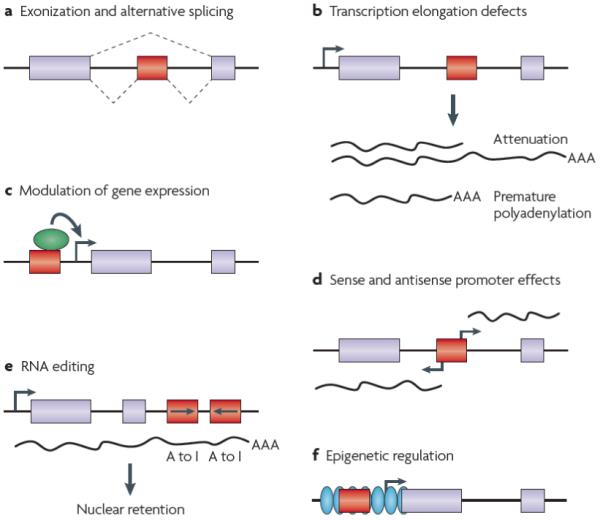Figure 3. Impact of retrotransposons on human gene expression.

a | Retrotransposon sequence (red box) can be recruited as coding sequence and integrated into a gene (made up here of two exons, blue boxes). This is often associated with alternative splicing (dashed lines). b | Presence of a retrotransposon (red box) in the intron of a gene (sequence between the two blue boxes representing exons) can result in transcription elongation defects such as attenuation or premature termination. c | Retrotransposons (red box) carry transcription factor (green ovals) binding sites that can up- or down-regulate (green arrow) the expression of neighboring genes (horizontal arrow and blue boxes). d | Retrotransposons (red box) carry sense and anti-sense promoters (horizontal arrows) that can initiate downstream and upstream transcription. e | Presence of two Alu elements in opposite orientation (red boxes) in gene transcripts can lead to A-to-I editing, which can result in suppression of expression through nuclear retention of edited RNA transcripts. f | Retrotransposon sequences (red boxes) can be methylated, which may initiate and spread heterochromatin formation (green ovals), thereby altering expression of neighboring genes (horizontal arrow and blue boxes).
